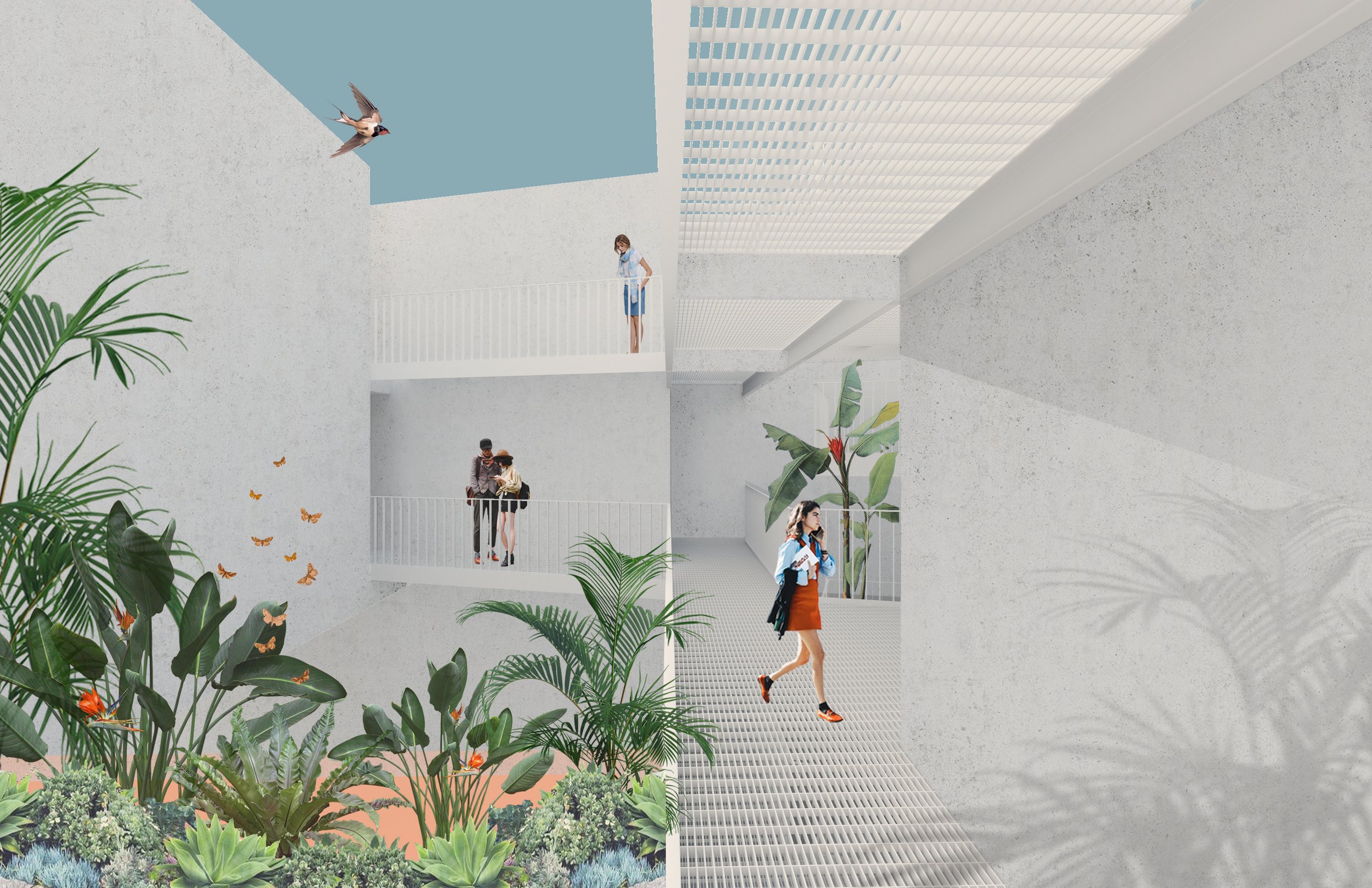Every piece of architecture or building is more than just a structure; it is an integral part of an environment. As it stands in its place, it engages in a profound dialogue with its surroundings. This dynamic relationship underscores the undeniable truth that any architectural creation exists within an ecosystem, and that environment invariably shapes how objects occupy space.
The Art of Framing: Landscaping and the Architectural Canvas
The juxtaposition of nature and architecture isn’t mere coincidence; it’s a deliberate orchestration. Imagine a building that stands amid a sea of green, embraced by carefully chosen plants and thoughtful landscaping. This frame not only enhances the aesthetics of the structure but also molds the very experience of being within its walls. The use of landscaping to accentuate architectural elements creates a synergy that amplifies the humane nature of the space.
Beyond Green Façades: Navigating the Labyrinth of Sustainability
Sustainability and environmentalism have become rallying cries in the world of architecture. It’s not enough to merely drape a building in ivy or bedeck its roof with an assortment of plants. Greenwashing, a deceptive practice that champions environmental ideals without true commitment, can lure us into believing that a façade festooned with greenery equates to a genuinely sustainable edifice. But the truth is, sustainability goes deeper. It’s about energy efficiency, mindful material selection, and holistic design that reduces a building’s ecological footprint.
The Earth’s Embrace: Natural Materials as Building Blocks
If architecture is the poetry of space, then the choice of materials is its language. Incorporating natural materials like wood and stone isn’t just an aesthetic decision; it’s a conscious nod to nature’s inherent elegance and durability. These materials establish an authentic connection to the Earth, evoking a sense of timelessness while reducing the ecological burden associated with synthetic alternatives.
Unveiling Nature’s Hidden Palette: Views and Light as Design Elements
Nature’s touch is not confined to what we construct but extends to how we perceive space. The interplay of light and shadow, coupled with strategically framed views of the outside world, infuse life into a building. The dance between interior and exterior, as sunlight filters through windows and landscapes blur the line between in and out, adds layers of depth to architectural narratives.
Invitation to a Greener Tomorrow: Embracing Nature with Purpose
In the symphony of architecture and nature, each note plays a crucial role. As stewards of design, we wield the power to harmonize these elements in ways that celebrate our environment and humanity. Beyond the superficial allure of “green” exteriors, lies a realm where every material choice, every spatial arrangement, every breath of natural light is a conscious act of coexistence.
So, let’s bridge the gap between architecture and nature with a commitment to thoughtful design. Let’s champion sustainable practices that extend beyond fleeting trends and delve into the heart of environmental responsibility. Let’s remember that every building is a testament to our values, a reflection of our symbiotic relationship with the world around us.
In the end, it’s not just about creating structures; it’s about crafting experiences that transcend time and space. Let’s embrace nature as our ultimate collaborator, weaving its elegance into the very fabric of our architectural endeavors. As we design, let’s dance with the environment, composing a harmonious symphony that resonates for generations to come.
#nature #environmentaldesign #sustainability #design #architecture

